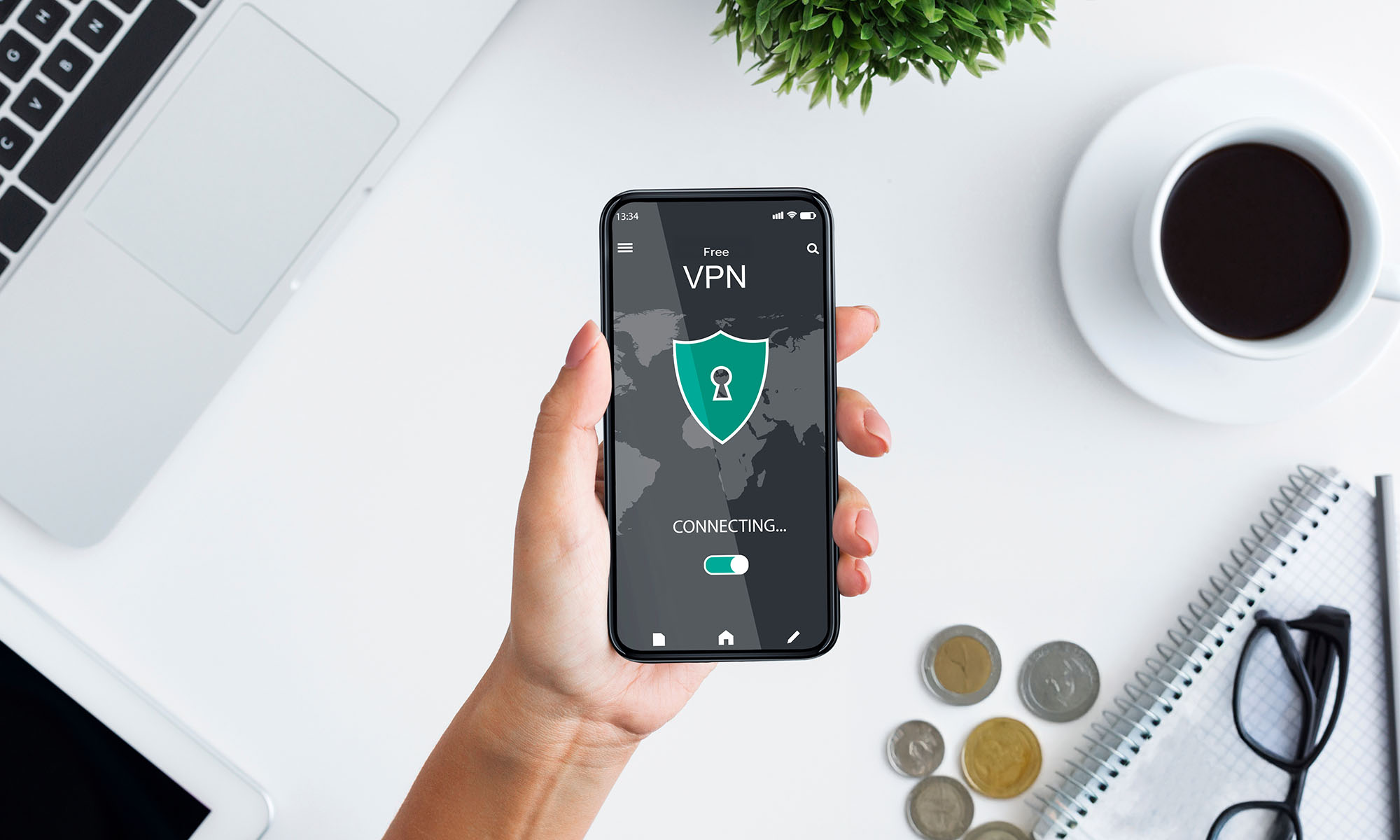Security
Free VPNs: Should You Be Using Them?
Paid VPNs more than justify their cost simply because of how effective and — most importantly — secure they are, especially compared to their free counterparts.

“If something’s free, you are the product”.
Corporations aren’t charities. When they offer you a free service, there’s almost always a catch. This catch usually manifests in the form of data mining, where your online activity is not only tracked but also sold to ad agencies for targeted advertising. They’ve got to make money somehow, right? This isn’t a secret, either. Most people are fully aware that they are being tracked to some extent. That’s the price of free software, after all.
Where this becomes especially concerning is when software that’s used specifically for the express purpose of avoiding tracking itself tracks your activity. And that’s one of the many issues with using free VPNs.
Paid Is Always Better, Right?
While there is no denying that free VPNs are certainly functional, it’s always better to stick with a reputed, well-known, and paid VPN service, especially if you value your privacy. However, it’s also important to remember that just because particular software is paid doesn’t necessarily mean that it’s better or even effective on a fundamental level. We can’t stress this point enough: Do your research — read plenty of reviews and use free trials whenever possible to test these services out for yourself.
The Freemium Problem
Free VPNs are plagued by the same problems as most free apps: advertisements, paywalls, and privacy concerns. Most “free” VPNs aren’t completely free, either, usually following a freemium model where the base package features reduced performance, speed, inadequate privacy protections, and a severely limited ability to bypass content restrictions. You’re expected to pay for a subscription to unlock higher performance. At that point, if you are considering paying, why not just opt for a more well-known paid VPN service with a proven track record?
Free Doesn’t Mean Risk-Free
Running a reliable VPN service demands a significant investment of resources. It involves setting up a large global network of VPN servers to ensure seamless service delivery, regardless of the location of the user. These servers must be equipped to handle heavy traffic loads and comply with strict privacy standards while also being able to bypass content restrictions, as several content providers and websites actively detect and block VPN usage.
Free VPNs, lacking a steady revenue stream, often don’t have the resources to maintain and upgrade a vast server network. This results in a subpar user experience — slower speeds, inconsistent connections, and, more concerningly, weaker security. Even worse, free VPN services have been caught leaking private user data. Such service providers may also resort to tracking and selling your data to third-party ad agencies, which defeats the entire purpose of using a VPN in the first place. As we’ve already mentioned, they’ve got to make money somehow, right? So, with these risks in mind, it’s worth asking: Are free VPNs really worth it?
Do Your Due Diligence
As with any software, especially one involving sensitive data like a VPN service, it’s important to do your due diligence before choosing an option. Don’t just install the first free service you find on the app store. Because, despite the many issues with free VPNs, there are still a few decent options out there (such as ProtonVPN, which has a relatively effective and feature-rich free tier). And it’s only when you do your homework that you’ll come across such services. But the point still stands: Paid VPN services are always an improvement over their free counterparts in terms of speed, security, and effectiveness, and we’ll always recommend going paid.
Privacy
Hyper-Personalization: How Far Is Too Far?
Discover how transparency and individual consent in terms of the collection and use of customer data for this purpose can help you build a reputation as an organization that respects customer privacy.

Highly specific and curated experiences tailor-made for an individual based on their interests and past interactions — these are the benefits promised by hyper-personalization with the end goal of improving customer experience. Hyper-personalization is meant to deliver exactly what you need without any of the hassle of having to sift through page after page of product listings to find it. While there’s no denying that hyper-personalization sounds like a terrific idea, especially on paper, is there a catch? What exactly are we giving up for this convenience?
In an age where people are more security-conscious than ever, companies are being scrutinized for their data collection and handling practices, and questioning even supposedly helpful activities such as hyper-personalization represents a step towards cybersecurity awareness. So let’s take a closer look at what hyper-personalization looks like beneath its veneer of convenience.
What’s Going On Behind The Scenes?
It’s no secret that personalization of any kind involves tracking user activity and data. Hyper-personalization differs from traditional content personalization in that it is a continuous process. It involves the use of artificial intelligence, machine learning, and predictive analytics to constantly analyze user behavior patterns to ensure that the content, services, and advertisements being delivered to them align with their interests, tastes, and preferences. Your Netflix and Amazon homepages are perfect examples of hyper-personalization, with the entire home screen changing based on your activity.
Privacy Pitfalls
As with anything, striking a balance is key. Organizations need to walk a fine line between hyper-personalization and over-personalization. Here’s a scenario you can probably relate to: You’re talking to someone about buying a specific product only to start seeing advertisements for that exact product the next time you surf the web. Sure, while you’re seeing targeted advertisements for what you want, it can also feel quite unsettling, which defeats the entire purpose of hyper-personalization. What’s the point investing time and resources into improving your customer experience when all you’re doing is alarming them?
It comes back to striking a balance. The best way to avoid crossing this line is to use only the data customers willingly provide. Be transparent about what you collect, how you use it, and where it’s stored. And whatever you do, do not use their broader internet browsing history to push recommendations — that’s a surefire way to make people uncomfortable. Your company has a responsibility to ensure that it’s not overstepping the mark when it comes to customer data and privacy. Trust is fragile, and the moment customers feel their privacy is being invaded, you risk losing them.
In addition to all of this, when you’re dealing with this much customer data, it is a non-negotiable to bolster your data protection and security measures. While it is unrealistic to expect your security measures to be completely foolproof, proactively monitoring and reinforcing your security infrastructure with frequent audits is a great way to strengthen your security posture.
Make Sure To Keep The Cost Of Convenience Low
In today’s cyberthreat landscape, transparency is key. Keep your customers up to date on all your security and data handling policies and adhere to all relevant data protection regulations and standards. And as damaging as it may be in the short term, transparency about any data breaches you experience is an effective form of damage control and can prevent an otherwise greater reputational hit.
Make sure to also give your customers plenty of control over how their data is handled: Allow them to opt-out of hyper-personalized marketing and recommendations if they so wish to. Sure, this may make their experience less convenient, but it’s up to them to decide, isn’t it? Giving them a choice and respecting it is a great way to earn customer goodwill and build a reputation as a company that takes data protection seriously, which will prove vital in this age of increasing cybersecurity awareness.
























